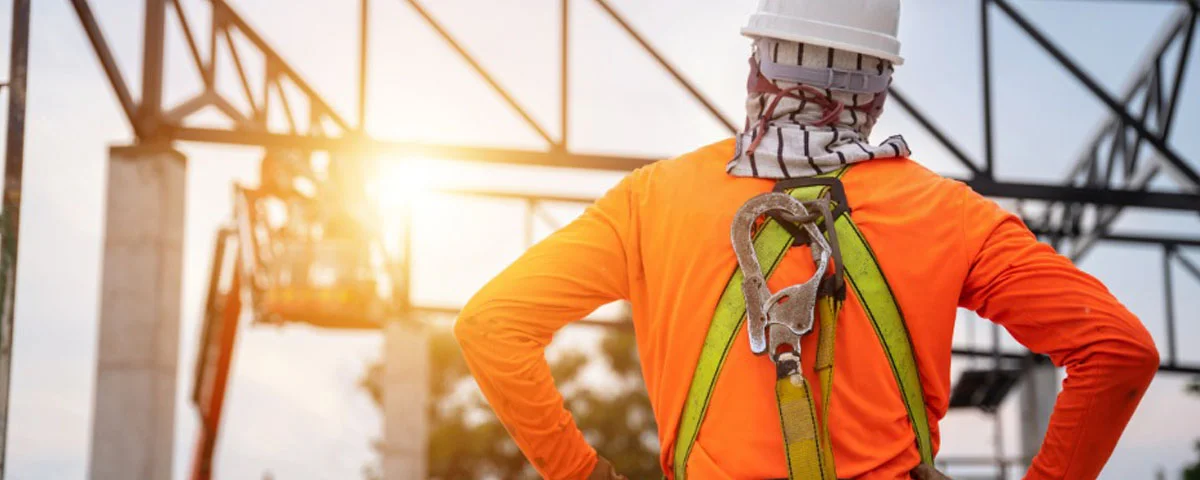Ensuring a secure and compliant working environment is essential in the field of engineering and manufacturing, where safety regulations are rigorously upheld. This blog dives into our approach to designing a Fall Protection System, aligning with OSHA regulations, load requirements, platform dimensions, and other critical aspects. From the intricacies of load calculations to the ingenious solutions for accommodating forklift movements, our journey in crafting this system demonstrates our commitment to safety, functionality, and ergonomics. Join us in examining the components and challenges navigated to guarantee the structural integrity of our design.
OSHA – Occupational Safety and Health Administration
We have a comprehensive understanding of OSHA regulations relevant to our industry and the specific tasks conducted on the platform. OSHA outlines standards pertaining to walking and working surfaces, as outlined in Subpart D of 29 CFR 1910.
Load Requirements
We determine the intended purpose of the platform and assess the load it must bear. The platform, serving as an enclosure around the mixer, undergoes a rigorous evaluation before each operation, with a 5000-pound dead load placement finalized as a worst-case scenario. Additionally, we ensure the design accommodates the weight of workers, equipment, and tools.
Platform Dimensions
We designed the platform carefully considering its dimensions to accommodate various tasks without overcrowding, prioritizing a safe working environment. The platform was strategically divided into three areas, adopting a top-down approach for each section. Two sections focused on maintenance, while the third section provided the necessary redundancy to bear the highest dead-load placement.
Responding to a unique customer request for the entire assembly to be disassembled for maneuverability around the production facility, we ingeniously addressed this challenge. Our solution involved a special combination of L angle and steel sheeting, ensuring compliance with OSHA's no pinch points and anti-slippery surface requirements.
A particularly intriguing challenge involved accommodating forklift movements around the mixer for material handling. We devised an innovative solution for the articulating portion of the platform.
Navigating through the articulation process prompted further design improvisations to avoid interference with the surrounding jib cranes. Our journey concluded with a comprehensive design meeting, focusing on safety, functionality, and ergonomics.
We employ a 3'-0" x 5'-0" Platform Base as our standard, but the width of the base varies based on several factors. The dimensions are tailored to specific criteria such as the nature of the task, load- bearing requirements for stability, and the desired distance from the loading point.
Stairs and Ladders
As access was necessary for the platform, the design of stairs and ladders adhered to OSHA regulations. We verified that the slope, rung spacing, and other elements aligned with OSHA standards.
Edge Protection
We implemented edge protection measures to prevent accidental falls of workers or objects from the platform. This included the incorporation of guardrails, toe boards, and other appropriate barriers.
Slip Resistance
We selected materials and finishes for the platform that offer effective slip resistance, crucial for preventing accidents in our project where workers may encounter liquids or other slippery substances.
Guardrail Systems
Guardrail systems are typically mandated by OSHA for platforms elevated 4 feet or more above a lower level. These systems should include a top rail, mid rail, and toeboard to mitigate the risk of falls.













